Climbing season is upon us, and now we have seen a monster spring season in the Himalaya for climbing the big mountains, with amazing weather windows of calm winds and warm sun on the biggest peaks. Everest had a amazing window for climbers this year. In Washington state Mt Rainier is the big mountain that has the ability to go from nice guy to evil beast before you know it. For this post Matt Carvey, having just graduated from medical school tells the story of his winter mountaineering and Denali prep course with one of the best companies in the business, Alpine Ascents International. This course gives you a great feel for a longer expedition type climb on a big mountain. Let’s let Matt tell the story as we check out Mt Rainier. Jam Jam !! Matt!
Mount Rainier, The Next Step
For almost ten years my mountaineering career has been isolated to the Rocky Mountains in Canada. The scenery offers unprecedented views of both Alberta and British Columbia, and frankly, is one of the most beautiful locations in the world. However, to the ambitious mountain climber, high-altitude and typical “mountaineering” experiences are limited to only certain areas. For those wanting to advance their calling to the larger peaks, one must look elsewhere.
When I first began climbing it was for the challenge… the rush, overcoming adversity and pain (and it definitely is painful) to successfully scale areas not many have. As basic and intermediate climbs became more advanced, this thought process transformed into a pursuit towards viewing the beauty this world has to offer from another perspective. A mountain looks striking from the bottom, but is equally if not more remarkable from the top. One doesn’t “challenge” a mountain, because in the end, you will always lose. In 2020 I was able to bring this ambition to one of the tallest peaks in the Southern Rockies, Mount Fisher. Although not a tall mountain (sitting around 2800m/9,327ft), the technicality of even a July ascent was reward enough. And who can argue with the magnificent views!

One of the most beautiful views in the area.
After completing medical school in January of 2022, I decided to continue my passion for mountaineering, something I thought would be left behind due to the rigors of the medical field. I did this through a winter/spring ascent of Mount Rainier in Washington through Alpine Ascents’ Denali Prep Course (hopefully Denali in a few years).
I started training about 6 months prior, utilizing a workout program which focusses on a fine balance between cardio and strength, as being fit for mountaineering is unique and completely different than triathlon or weight training.
When you talk about the nerves of walking into a board exam for medical school, usually this causes palpitations (heart fluttering) and anxiety. I had this ten-fold when I started the drive from home (Alberta) to Seattle to start the course. Who am I? Do I really think I can balance being a resident physician while also beginning my mountaineering career in the higher mountains? All of these thoughts were going through my head during the 9-hour drive.
We met at Alpine Ascents’ headquarters in Seattle on Day 1, and already I could see how novice I was compared to my climbing colleagues. Many had already done one or two of the “Seven Deadly Summits”, and were now here to prepare to climb Denali in Alaska. However, just like medical school, being thrown into a situation you are uncomfortable with either elevates you to another standard, or makes you fall flat on your feet (both are fine as long as you get up). After our gear check we were set to takeoff to the base of Mt. Rainier.
After getting to know our crew a little, my tensions eased and I started to feel like one of the team, even if my new name was “Doc”! We stayed at a lodge near the entrance to the mountain that night and had a fun collaborative dinner to get to know each other and the guides.
The next morning, Day 2, we made the drive up to the base. Nine feet of snow surrounded the road on the drive up. Close to the end of our drive, magnificent views of Rainier, as well as the surrounding area, appeared. On arrival at the base it was completely calm with absolutely no wind or weather, just sunshine. We were told to unload all of our equipment and do a quick gear check again prior to starting our ascent of Rainier.

After gear check we strapped on our snowshoes and started for Camp 1. This was a fairly casual climb, getting used to the approximately 50-60lb sled and 30-40lb pack we each had to carry (because this was a Denali Prep Course, we used sleds to mimic the conditions expected on Denali itself). It took about 2 hours for us to ascend about 1000ft to our camp for the next 5 days.

A quick note, for those not used to the sound of avalanches and rockfall at night, this was quite the experience!
For the next 4 days (Days 3-6) we practiced the core fundamentals of basic mountaineering, as well as the expectations needed to climb Denali. Some of the skills practiced were: whiteout navigation (some days we couldn’t see 5 feet in front of us), rope team travel, route finding, belaying, running protection, crevasse rescue (3:1 and 2:1 pulley rescue systems), anchors, mechanical advantage systems, and crampon use.

Each day became more physically and mentally straining than the next, not just because of the skills being practiced, but also maintaining camp, cooking, boiling your water from snow, and just general self-cleanliness. This was also compounded by the onslaught of overnight blizzards, cold temperatures and a damp tent environment in the morning because of humidity buildup in your overnight from breathing. Chapped lips and cracked fingers from swelling were the two expected health hazards, but still occurred despite moisturizer cream and lip balm!

On Day 5 we did an ascent of the shoulder next to us, meant to mimic “motorcycle hill” on Denali. This was a 1000ft climb, and we were expected to carry both our packs and sleds to the top. Needless to say, this was difficult, but the training done beforehand proved successful! A picture of pseudo-motorcycle hill is seen on the left image (the right-most shoulder) of Camp 1 above.
Finally, on Day 6 the weather cleared and we decided to make our ascent to Camp Muir, sitting at 10,188ft. We again strapped our packs and snowshoes on (no sleds!) and started on the 4000ft journey. We ascended pseudo-motorcycle hill, climbed a rockface and ultimately made our way through the Muir snowfield laden with crevasses we couldn’t see due to the snowfall last night. We took a break every 1000ft or so. Towards the 9000ft mark we came out of the clouds and sunshine prevailed, and we could finally see Camp Muir. This was deceivingly close, and we were told this, almost like you could reach it in 10-minutes but took us almost another hour to reach. When we reached Camp Muir, you could see the relief on everyone’s face. Not many make it to this point during the winter/early spring season due to the avalanche risk and poor weather conditions. The reason I personally came to Mt. Rainier, scenery, was quite apparent. Pristine views of the Rainier National Park weren’t offered, but blankets of cloud covered the entire valley, and both Mt. Baker and Mt. Saint Helens’ peaks were poking out of the clouds. AWESOME!!

Because of the poor forecast and general conditions, we could not complete a summit attempt (usually kept to the summer months). So, we had lunch and prepared for our 4000ft descent back to Camp 1.

Once we descended below the clouds, whiteout conditions ensued the entire way back to Camp 1. However, our guides were skilled enough to ensure we made it back to camp, while also allowing us to practice our navigation training.
For the remaining time on Rainier, we moved camp once to a location lower in altitude, then packed up on Day 8 and made our way back to the base.
At the base we loaded up the van with our insanely noxious smelling equipment (no showers on Rainier!) and had lunch at a local restaurant in Ashford. This was the BEST tasting food in the world, because after eating cheese/ham wraps, freeze-dried food, beans and oatmeal for 8 days straight, ANYTHING TASTES GOOD.
Afterwards, we drove back to Alpine Ascents’ headquarters, said our goodbyes and shared contacts. This was an excellent group of motivated individuals climbing for the same reasons I do – to view the world from a perspective few are able to. Not for the “challenge” or the “rep”, but to appreciate life from a different angle, putting our other lives on halt… even for just a moment.
Special thanks to Alpine Ascents and their guides for such an amazing trip, as well as Dr. Tatiana Havryliuk for the opportunity to share this piece with Musa Masala!
— Matthew Carvey, from Lethbridge, Alberta, Canada (soon to be Cleveland, Ohio for residency)

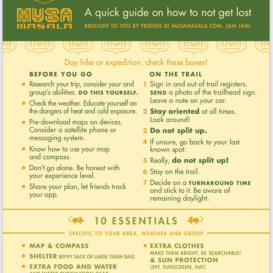
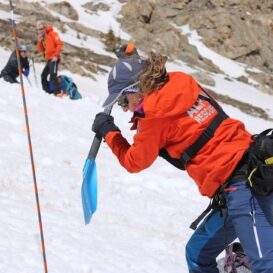
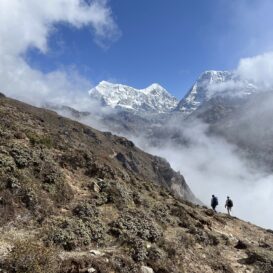
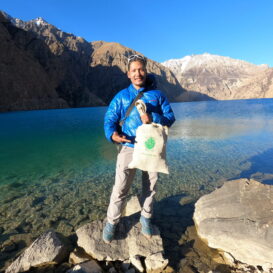
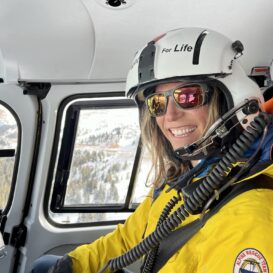
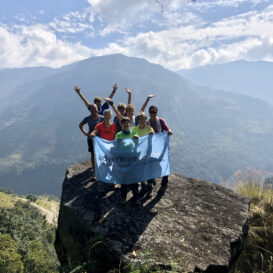
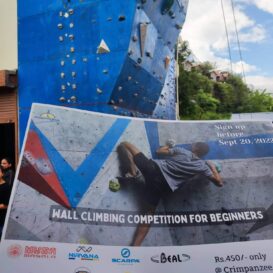
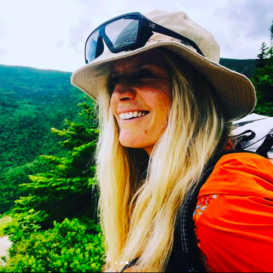
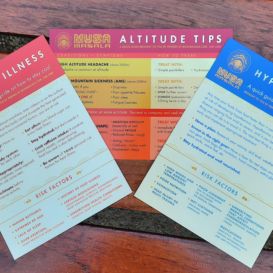
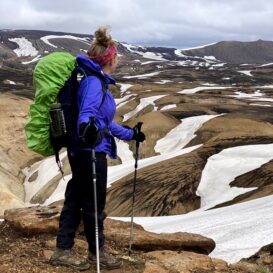


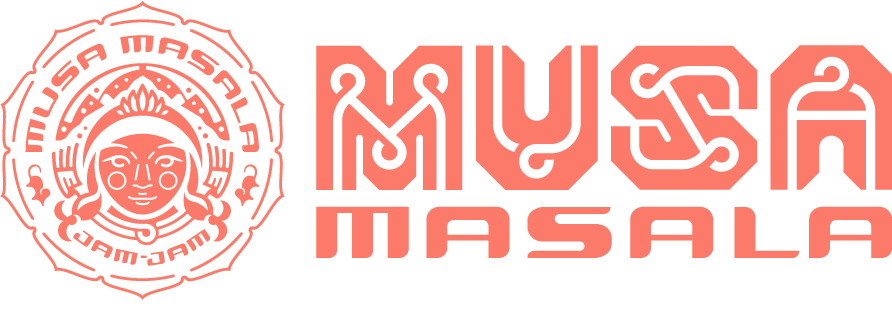
To appreciate life from a different angle, was well said. Thank you!!
By the way that’s Mount Adams (not Baker), the second tallest peak in Washington. The amount of prominence of these peaks are amazing. When doing Liberty Ridge on the north size and starting at the Carbon River entrance we did 7000 ft vertical the first day (to Thumb Rock) and 4400 feet the next to summit. That kind of vertical without acclimatization really kicked my butt.
Hey Tom thanks for that correction! Liberty Ridge is definitely a route to wear you out, congratulations on that one.
You are so right about the views of the Cascades. Really one of the worlds greatest, and most accessible mountain ranges. Just so much there. We really appreciate your comment, Jam Jam!!
Thanks Paula we will let Matthew know. We think the mountains help to give you that different angle. Right now in the medical world it is just salvation to be able to get away and enjoy the magic.